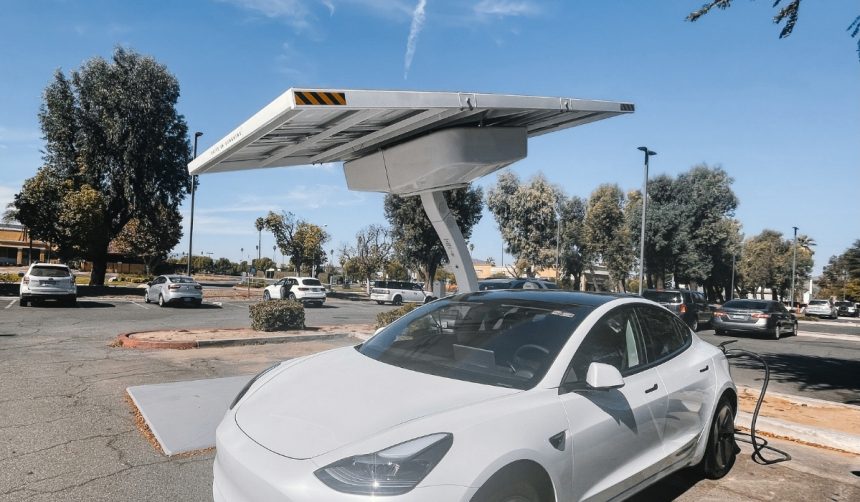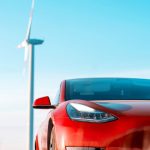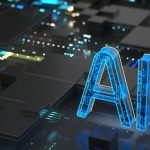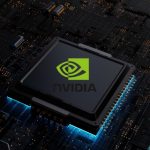Tesla’s recent Robotaxi fleet launch in Austin has sparked industry attention as the company progresses toward fully autonomous ride-hailing. With the fleet carrying passengers in driverless vehicles, early data indicates very limited involvement from human Safety Monitors onboard. Tesla is balancing user confidence and operational safety, as it evaluates the gradual reduction of in-person supervision. Industry analysts watch closely, noting that this decision could impact both regulatory perceptions and user trust in autonomous technology.
When compared to earlier reports of autonomous vehicle pilot programs, Tesla has showcased more consistency in terms of safety monitor activity, with only a handful of notable interventions. Other brands, such as Waymo and Cruise, faced early-stage issues, sometimes leading to pauses or retraining for vehicles after incidents. Tesla’s incremental process, focusing first on a limited region and low fares, reflects a cautious rollout, differing from previous broader launches by competitors. Public observation remains focused on how quickly Tesla will phase out Safety Monitors compared to those earlier efforts.
What Incidents Have Occurred in Tesla’s Robotaxi Operations?
Since launching the Robotaxi service, Tesla has encountered only rare incidents requiring human intervention. One widely discussed situation involved a Safety Monitor halting the vehicle during a complicated parking interaction with a UPS truck, which was described as stemming from unpredictable human driving rather than a flaw in Tesla’s technology. In another event, abnormal braking occurred due to sunlight glare, but the car managed the scenario and proceeded without manual assistance. These occurrences have not resulted in safety concerns for passengers, and most rides have operated smoothly without intervention.
How Do Safety Monitors and Teleoperators Contribute to Current Robotaxi Rides?
Safety Monitors, as well as teleoperators, currently act as precautionary measures, intervening only when necessary to maintain passenger safety. Their main purpose is to oversee the operation and step in if the vehicle encounters complex or unexpected driving situations. According to observations, such involvement has been minimal, reinforcing the vehicles’ reliability in handling most driving scenarios autonomously. However, their presence reassures riders during the initial public rollout of the service.
What Is Tesla’s Timeline for Reducing Safety Personnel in Robotaxis?
Elon Musk confirmed an anticipated reduction in Safety Monitors and teleoperators, suggesting this may take place within a month or two, provided ongoing metrics demonstrate sufficient reliability.
“As soon as we feel it is safe to do so. Probably within a month or two,”
Musk posted on social media. The phased withdrawal will be carefully analyzed, with Tesla continuing to update its AI systems based on real-world performance and data from each ride. This aligns with the company’s objective of eventually operating fully autonomous Robotaxis without human backup.
Tesla’s strategy includes continuing the service with some in-vehicle supervision until key safety thresholds are met, after which the goal is a complete transition to operator-free rides. The broader vision extends beyond fleet operations, planning to allow Tesla owners to use their vehicles in the autonomous network, thereby offering a new revenue stream through ride-sharing. Currently, these developments remain restricted to Austin, with rides priced at $4.20 for an exclusive testing group, emphasizing a measured expansion.
The expectation of reducing Safety Monitors in Tesla’s Robotaxi service demonstrates a gradual but deliberate approach toward autonomy. Monitoring public feedback and incident data while keeping some human oversight provides a buffer for unforeseen challenges. For users and stakeholders, understanding how Tesla responds to real-world incidents will be crucial in evaluating the maturity of its autonomous technology. Adopting a phased strategy lowers operational risks and supports regulatory discussion, without rushing to full autonomy before confidence is well established. Those interested in developments with autonomous vehicle fleets should note Tesla’s comparison with Waymo and Cruise—effectiveness in transition and customer safety are critical metrics to watch as the sector advances.
- Tesla’s Robotaxi fleet in Austin operates with minimal human intervention required.
- Elon Musk expects fewer Safety Monitors within one to two months.
- Continued oversight guides Tesla’s move toward fully autonomous ride services.










